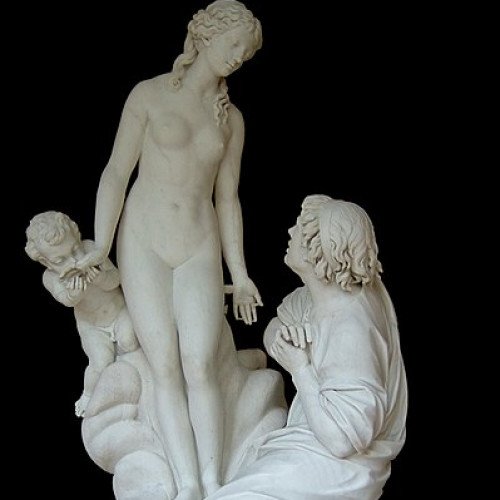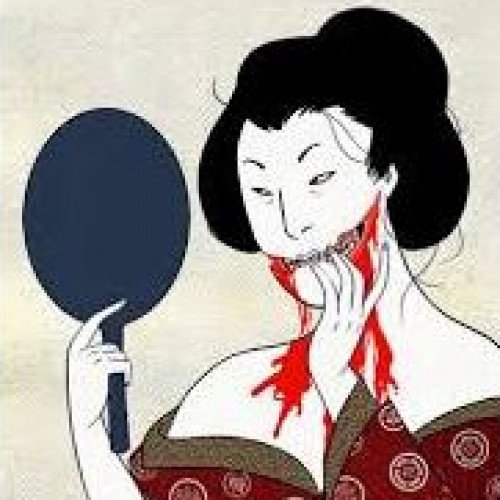Galatea (mythology) VS Kuchisake-onna

Galatea (mythology)
Galatea (; Greek: Γαλάτεια; "she who is milk-white") is a name popularly applied to the statue carved of ivory by Pygmalion of Cyprus, which then came to life in Greek mythology. In modern English, the name usually alludes to that story. Galatea is also the name of Polyphemus's object of desire in Theocritus's Idylls VI and XI and is linked with Polyphemus again in the myth of Acis and Galatea in Ovid's Metamorphoses.
Statistics for this Xoptio

Kuchisake-onna
Kuchisake-onna (口裂け女, "Slit-Mouthed Woman") is a malevolent figure in Japanese urban legends and folklore. Described as the malicious spirit, or onryō, of a woman, she partially covers her face with a mask or other item and carries some sort of sharp object. She has been described as a contemporary yōkai. According to popular legend, she asks potential victims if they think she is attractive. If they respond with "no", she will kill them with her weapon. If they say "yes", she will reveal that the corners of her mouth are slit from ear to ear, and she will then repeat her question. If the individual responds with "no", she will kill them with her weapon, and if they say "yes", she will cut the corners of their mouth in such a way that resembles her own disfigurement. Methods that can be used to survive an encounter with Kuchisake-onna include answering her question by describing her appearance as "average", or by distracting her with money or hard candies.